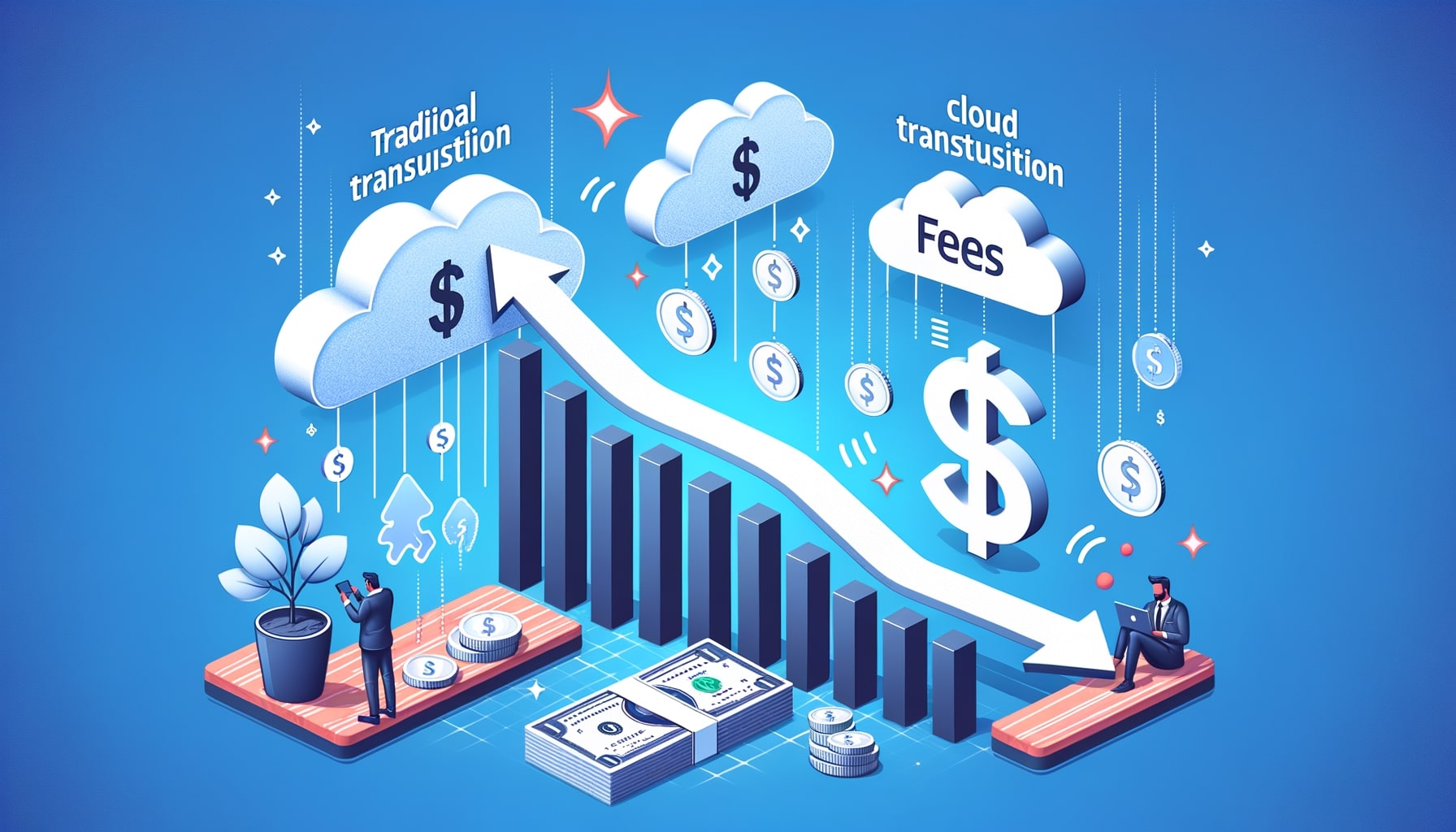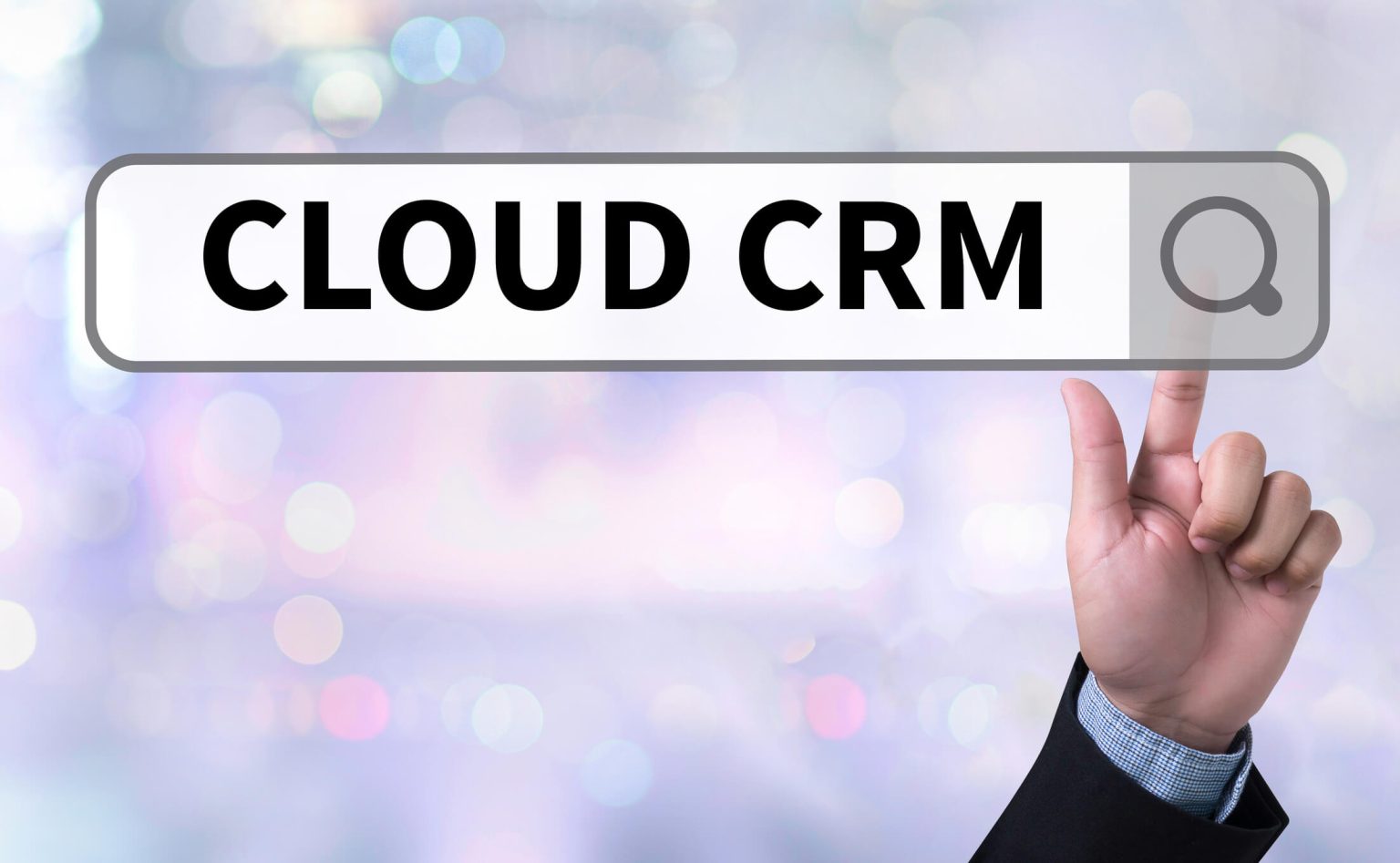How to Integrate Cloud Payments with CRM Systems
In today’s digital age, businesses are constantly seeking ways to streamline their operations and enhance customer experiences. Two key technologies that have revolutionized the way businesses operate are cloud payments and customer relationship management (CRM) systems. Cloud payments refer to the process of accepting and processing payments through cloud-based platforms, while CRM systems are software solutions that help businesses manage their interactions with customers and prospects.
The integration of cloud payments with CRM systems offers numerous benefits for businesses, including improved efficiency, enhanced customer experiences, and increased revenue. This article will delve into the various aspects of integrating cloud payments with CRM systems, providing a comprehensive guide for businesses looking to leverage these technologies.
Benefits of Integrating Cloud Payments with CRM Systems
Integrating cloud payments with CRM systems can bring about a multitude of benefits for businesses. Firstly, it enables businesses to streamline their payment processes by eliminating the need for manual data entry and reducing the risk of errors. By automating payment data capture and reconciliation, businesses can save time and resources, allowing them to focus on more strategic activities.
Furthermore, integrating cloud payments with CRM systems provides businesses with a holistic view of their customers’ purchasing behavior and preferences. This valuable data can be used to personalize marketing campaigns, tailor product offerings, and improve overall customer satisfaction. By understanding customers’ payment patterns, businesses can also identify potential upsell and cross-sell opportunities, leading to increased revenue.
Another significant benefit of integrating cloud payments with CRM systems is the ability to provide a seamless and consistent customer experience across multiple channels. With integrated systems, businesses can offer customers the convenience of making payments through various channels, such as online, mobile, or in-store, while ensuring that all payment data is captured and stored in a centralized CRM system. This not only enhances customer satisfaction but also enables businesses to gain valuable insights into customer behavior across different touchpoints.
Understanding the Basics of Cloud Payments
Before delving into the integration process, it is essential to have a clear understanding of cloud payments and how they work. Cloud payments refer to the process of accepting and processing payments through cloud-based platforms, rather than traditional on-premises systems. This technology leverages the power of the internet and cloud computing to securely transmit payment data between businesses, customers, and financial institutions.
Cloud payment solutions typically involve the use of payment gateways, which act as intermediaries between businesses and financial institutions. These gateways securely transmit payment data, such as credit card information, from customers to the relevant financial institutions for authorization and settlement. The payment data is then transmitted back to the businesses, allowing them to complete the transaction and update their CRM systems with the relevant information.
Exploring CRM Systems and their Functionality
CRM systems are software solutions that help businesses manage their interactions with customers and prospects. These systems enable businesses to store and organize customer data, track customer interactions, and automate various sales and marketing processes. CRM systems provide businesses with a centralized platform to manage customer relationships, allowing them to deliver personalized experiences and build long-term customer loyalty.
CRM systems offer a wide range of functionalities, including contact management, lead management, opportunity management, sales forecasting, and customer service management. These functionalities enable businesses to effectively manage their sales pipeline, track customer interactions, and provide timely and personalized support to customers. By integrating cloud payments with CRM systems, businesses can further enhance these functionalities and gain a comprehensive view of their customers’ journey.
Key Considerations for Integrating Cloud Payments with CRM Systems
Before embarking on the integration process, businesses need to consider several key factors to ensure a successful implementation. Firstly, businesses should evaluate their existing CRM system and determine if it is compatible with cloud payment solutions. Some CRM systems may have built-in integrations with popular payment gateways, while others may require custom development or the use of third-party integration tools.
Businesses should also consider the security and compliance requirements associated with integrating cloud payments with CRM systems. Payment data is highly sensitive and must be handled securely to protect customers’ financial information. It is crucial to ensure that the chosen cloud payment solution and CRM system comply with industry standards and regulations, such as the Payment Card Industry Data Security Standard (PCI DSS).
Additionally, businesses should assess the scalability and flexibility of their chosen cloud payment solution and CRM system. As the business grows and customer demands evolve, the integrated system should be able to accommodate increased transaction volumes and support new payment methods. It is essential to choose a solution that can easily adapt to changing business needs and integrate with other third-party applications, such as e-commerce platforms or accounting software.
Step-by-Step Guide to Integrating Cloud Payments with CRM Systems
Integrating cloud payments with CRM systems may seem like a complex process, but with careful planning and execution, businesses can successfully implement this integration. The following step-by-step guide outlines the key stages involved in integrating cloud payments with CRM systems:
- Define Integration Objectives: Start by clearly defining the objectives of the integration. Determine the specific functionalities and data points that need to be integrated between the cloud payment solution and CRM system. This will help guide the integration process and ensure that the desired outcomes are achieved.
- Choose a Cloud Payment Solution: Select a cloud payment solution that aligns with the business requirements and integrates seamlessly with the chosen CRM system. Consider factors such as payment methods supported, security features, pricing structure, and customer support. It is advisable to choose a solution that offers robust APIs or pre-built integrations with popular CRM systems.
- Assess CRM System Compatibility: Evaluate the compatibility of the CRM system with the chosen cloud payment solution. Check if the CRM system has built-in integrations or APIs that facilitate the integration process. If not, explore third-party integration tools or consult with developers to determine the best approach for integrating the systems.
- Configure Payment Settings: Configure the payment settings within the CRM system to align with the chosen cloud payment solution. This may involve setting up payment gateways, configuring payment methods, and defining rules for payment processing and reconciliation. Ensure that the payment settings are aligned with the business’s pricing structure and financial processes.
- Establish Data Mapping: Define the data mapping between the cloud payment solution and CRM system. Determine which data points need to be synchronized between the systems, such as customer information, transaction details, and payment statuses. Establish clear rules for data synchronization to ensure accurate and up-to-date information in both systems.
- Develop Integration Workflows: Develop integration workflows that outline the sequence of actions and data flows between the cloud payment solution and CRM system. This may involve creating triggers or events within the CRM system that initiate payment processing, updating customer records with payment information, and generating notifications or alerts for successful or failed transactions.
- Test and Validate Integration: Thoroughly test the integration to ensure that data is accurately synchronized between the cloud payment solution and CRM system. Conduct end-to-end testing of various payment scenarios, such as successful payments, declined payments, and refunds, to validate the integration’s functionality and reliability. Address any issues or discrepancies identified during the testing phase.
- Train Users and Provide Support: Train users on how to effectively use the integrated system and leverage its functionalities. Provide comprehensive documentation and resources to guide users through the payment process and troubleshoot common issues. Establish a support system to address any user queries or technical issues that may arise during day-to-day operations.
Best Practices for a Successful Integration
To ensure a successful integration of cloud payments with CRM systems, businesses should follow these best practices:
- Plan Ahead: Take the time to thoroughly plan and define the integration objectives, requirements, and timelines. Engage key stakeholders, such as IT teams, finance departments, and customer service representatives, to gather their input and ensure that the integration aligns with the overall business strategy.
- Choose Reliable Partners: Select reputable cloud payment solution providers and CRM system vendors that have a proven track record in delivering reliable and secure solutions. Conduct thorough research, read customer reviews, and seek recommendations from industry peers to make informed decisions.
- Prioritize Security: Implement robust security measures to protect payment data and ensure compliance with industry standards. Encrypt sensitive data, implement multi-factor authentication, and regularly monitor and update security protocols to mitigate the risk of data breaches or unauthorized access.
- Optimize Data Mapping: Define clear and consistent data mapping rules to ensure accurate and synchronized data between the cloud payment solution and CRM system. Regularly review and update data mapping configurations to accommodate changes in business processes or system updates.
- Monitor and Analyze Data: Leverage the integrated system to monitor and analyze payment data, customer behavior, and sales trends. Use this data to identify opportunities for process improvements, optimize marketing campaigns, and make data-driven business decisions.
- Provide Ongoing Support: Establish a support system to address user queries and technical issues related to the integrated system. Regularly communicate with users, provide training resources, and offer timely assistance to ensure a smooth user experience and maximize the benefits of the integration.
Common Challenges and Solutions in Integrating Cloud Payments with CRM Systems
While integrating cloud payments with CRM systems offers numerous benefits, businesses may encounter certain challenges during the implementation process. Some common challenges include:
- System Compatibility: Ensuring compatibility between the chosen cloud payment solution and CRM system can be a challenge. To overcome this, businesses should thoroughly evaluate the compatibility of both systems before initiating the integration. Consult with experts or developers if custom development or third-party integration tools are required.
- Data Synchronization: Achieving accurate and real-time data synchronization between the cloud payment solution and CRM system can be complex. To address this challenge, establish clear data mapping rules, conduct thorough testing, and regularly monitor and validate data synchronization to ensure data integrity.
- Security and Compliance: Maintaining the security and compliance of payment data is crucial. To mitigate this challenge, choose cloud payment solutions and CRM systems that comply with industry standards, such as PCI DSS. Implement robust security measures, such as encryption and multi-factor authentication, and regularly update security protocols to protect payment data.
- User Adoption: Ensuring user adoption and acceptance of the integrated system can be a challenge. To overcome this, provide comprehensive training and support to users, clearly communicate the benefits of the integration, and address any user concerns or issues in a timely manner.
Frequently Asked Questions (FAQs) about Integrating Cloud Payments with CRM Systems

Q.1: What is the difference between cloud payments and traditional payment systems?
Cloud payments refer to the process of accepting and processing payments through cloud-based platforms, while traditional payment systems typically involve on-premises hardware and software solutions. Cloud payments offer greater flexibility, scalability, and accessibility compared to traditional systems.
Q.2: How can integrating cloud payments with CRM systems benefit businesses?
Integrating cloud payments with CRM systems can improve efficiency, enhance customer experiences, and increase revenue. It streamlines payment processes, provides a holistic view of customer behavior, and enables businesses to offer a seamless and consistent customer experience across multiple channels.
Q.3: What are some key considerations for integrating cloud payments with CRM systems?
Businesses should consider factors such as CRM system compatibility, security and compliance requirements, scalability and flexibility of the chosen solutions, and the need for custom development or third-party integration tools.
Q.4: How can businesses ensure the security of payment data when integrating cloud payments with CRM systems?
Businesses should choose cloud payment solutions and CRM systems that comply with industry standards, such as PCI DSS. Implement robust security measures, such as encryption and multi-factor authentication, and regularly update security protocols to protect payment data.
Q.5: What are some common challenges in integrating cloud payments with CRM systems?
Common challenges include system compatibility, data synchronization, security and compliance, and user adoption. Thorough planning, testing, and ongoing support can help overcome these challenges.
Conclusion
Integrating cloud payments with CRM systems offers businesses a wide range of benefits, including improved efficiency, enhanced customer experiences, and increased revenue. By automating payment processes, businesses can save time and resources, while gaining valuable insights into customer behavior. However, successful integration requires careful planning, system compatibility assessment, and adherence to security and compliance standards.
By following a step-by-step guide and best practices, businesses can successfully integrate cloud payments with CRM systems. Thorough testing, ongoing support, and monitoring of data synchronization are essential to ensure accurate and reliable integration. Despite the challenges that may arise, businesses can overcome them by prioritizing security, optimizing data mapping, and providing comprehensive training and support to users.










